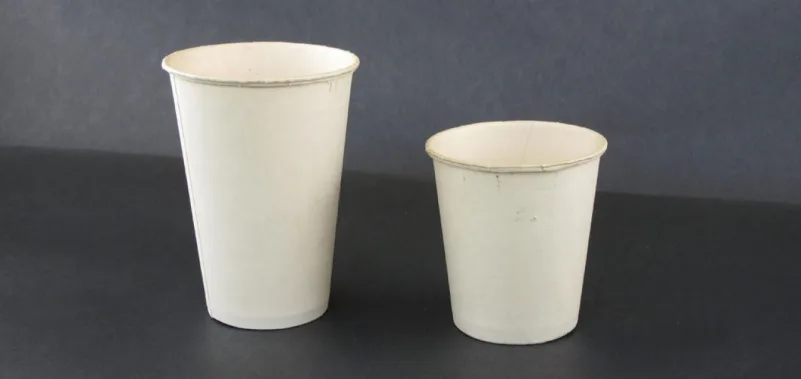For many Americans, bringing their recycling bins to and from the curb is part of their weekly routine. “The public has been trained to put their stuff in their bins at the curb and for the stuff just to go away,” remarks Susan Collins, president of the Container Recycling Institute. “Of course there is no such thing as away; away is always somewhere.” Americans may be surprised to learn that since the 1970s, that “somewhere” is often a developing country. In 2013, the United States’ largest and fastest growing export by value was not machinery, vehicles, or electronic equipment; it was trash. In recent years, the US has sold billions of dollars’ worth of scrap metal, paper, cardboard, and junked electronics to countries like China and India. In 2011, for example, the United States recycled 52.8 million tons of recyclables, 15.8 million of which was sent to China.
The international waste trade is often portrayed in a negative context, as a business in which wealthy nations shift their environmental responsibility to poorer countries with laxer environmental laws. As this Washington Post article points out, however, the waste trade follows the logic of supply and demand. In Asia and Africa, there is simply higher demand for recycled materials. People in the Philippines use recycled batteries in their vehicles and telecommunications and computer equipment. In India, where the types of wood needed to produce paper pulp are scarce, paper scraps are more highly valued than in the US. Desperate for raw materials, these developing countries are better able to utilize recycled materials than developed countries.
This is not to deny that there are significant drawbacks to the international waste trade. Often purchasers in developing countries discover too late that the recyclables they imported are too contaminated to safely reuse. What is worse, because recyclables largely need to be sorted by hand, workers are regularly exposed to hazardous materials. For these reasons, some countries are beginning to pursue policies that combat environmental pollution vis-à-vis the international waste trade. In February 2013, for instance, the Chinese government instituted Operation Green Fence, which bans the import of certain types of solid waste that cannot be recycled, such as unwashed plastics and recyclables that have come in contact with contaminated items like syringes. As a result of this policy, in the first half of 2013 US plastic scrap declined in export value by 11 percent as Chinese inspectors rejected more than 7,600 tons of material.
Recycling companies across the United States find such statistics alarming. Some companies have even stopped accepting certain plastics from households because China will no longer buy them. But what alternatives are there? For one, materials that previously would have been recycled may end up in landfills. Less bleak, US recycling companies also are hoping that buyers in countries like Vietnam will fill the void left by Chinese importers. Another alternative is supporting US-based recycling businesses like carbonLite Industries in Riverside, CA, which collects and processes plastic bottles. Lastly, in the long run, it is advisable that US companies pursue research and development into new technologies that will make sorting and cleaning processes for recyclables more efficient.

Please address via editorial, blog post, article etc., China’s new policy of reducing/rejecting importation of U.S. recycled materials. What are the consequences or opportunities for American cities and industries?
http://www.governing.com/topics/transportation-infrastructure/gov-china-ban-scrap-paper-plastic-recycling.html?utm_term=China%27s%20Foreign-Waste%20Ban%20Could%20Have%20Recycling%20Repercussions%20in%20America&utm_campaign=China%27s%20Foreign-Waste%20Ban%20Could%20Have%20Recycling%20Repercussions%20in%20America&utm_content=email&utm_source=Act-On+Software&utm_medium=email
LikeLike